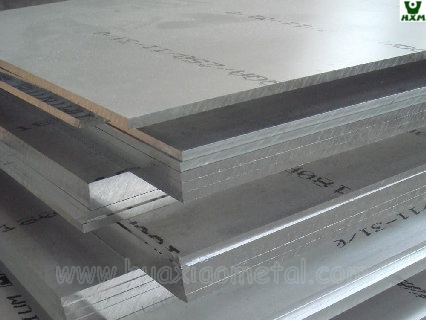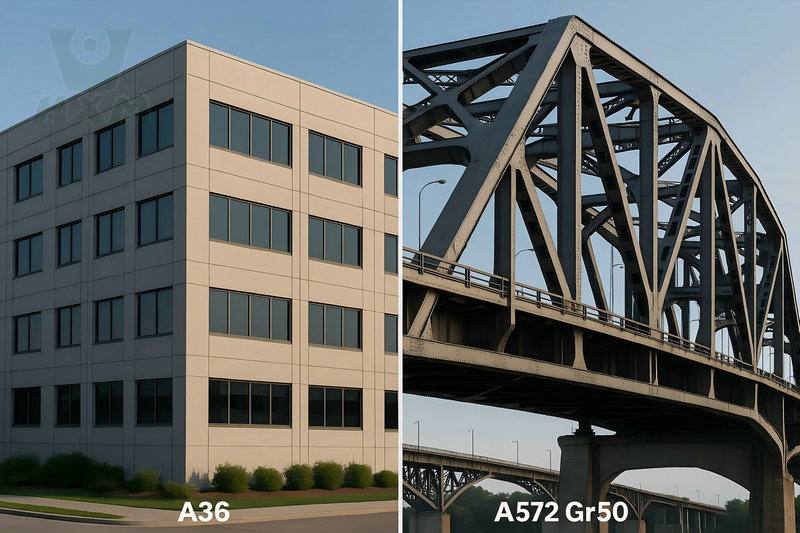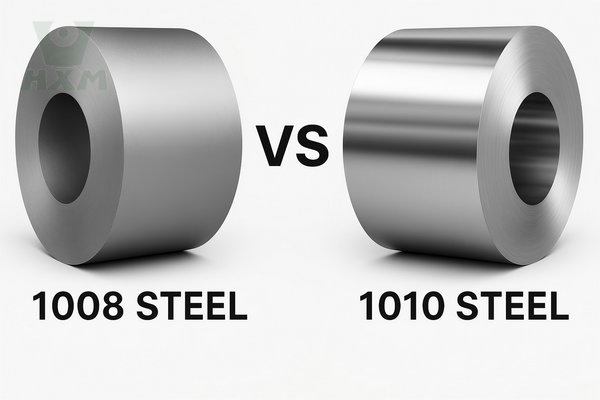Aluminum is a very important material when it comes to engineering materials. In modern industry, aluminum is used in everything from aircraft and car manufacturing to electronics and medical devices. However, one thing that is often overlooked is the density of aluminum which is critical to its application. Density refers to the ratio of mass to volume of a substance and is particularly important in the manufacture of products of lightweight design.
In this article, we will explore how the density of aluminum affects its applications and show examples of applications in different fields. In addition, we will explore how aluminum’s density affects the environment and sustainability, and look to the future of aluminum.
What is the Density of Aluminum
Density is the ratio of mass to volume of a substance, usually expressed in kilograms per cubic meter (kg/m³) or grams per cubic centimeter (g/cm³). In the field of engineering, density is a very important physical property, because it directly affects the weight and volume of materials. With a density of 2.7 grams per cubic centimeter, aluminum is very light relative to other common engineering materials such as steel, copper, and lead, making it very popular for making products with lightweight designs.
The relative density of aluminum is also important, which refers to the ratio of the density of the substance to the density of water. Aluminum has a relative density of 2.7, which means it is 2.7 times denser than water. Relative density is an important physical property that can be used to determine the density and volume of a material, as well as to compare the density of a material with other substances.

Effect of Aluminum Density on Its Applications
The density of aluminum has a great influence on its application, the following are some specific instructions:
The Need for Lightweight Design
Because of its relatively light density, aluminum is very popular in making products with lightweight designs. For example, auto and aircraft manufacturers use aluminum for body and fuselage components to reduce overall weight and improve fuel efficiency and performance.
Advantages of Reducing Costs
Since aluminum is less dense than many other materials, it can reduce manufacturing costs. Aluminum is about one-third lighter than steel, so much less aluminum is used to make cars and planes than steel of the same size. This means that fewer raw materials are required in the manufacturing process, reducing manufacturing costs.
The Challenge of Enhancing Mechanical Properties
Despite its light density, aluminum presents some mechanical challenges. Since aluminum is less dense than steel, its strength and hardness can be relatively low. Therefore, in some applications, other methods are required to enhance the mechanical properties of aluminum materials, such as adding other materials or using special treatments.
Impact on the Environment and Sustainable Development
Aluminum’s lightweight properties make it an environmentally friendly material, as less raw material and energy are required in the manufacturing process, which helps reduce environmental impact. In addition, aluminum is a recyclable material that saves resources and reduces waste, contributing to sustainable development.
Overall, the density of aluminum has a very important influence on its application. Its lightweight properties and cost advantages have made aluminum widely used in many industries. However, this light-weight characteristic also brings some challenges, which need to be considered during material design and processing. In addition, the sustainable and environmentally friendly properties of aluminum also make it a great potential for future applications.
Application Cases of Aluminum Density in Different Fields
The density of aluminum has a wide range of applications in many different fields. The following are a few specific cases:
Vehicle Manufacturing
Aerospace
Package
Architecture
Overall, the density of aluminum has a wide range of applications in many different fields. Aluminum is used in everything from vehicle manufacturing to aerospace, packaging, and construction. This lightweight feature helps improve product performance and efficiency and reduces material costs and environmental impact.
Environmental and Sustainable Development Significance of Aluminum Density
The density of aluminum has important implications for the environment and sustainable development. Here are some expansions:
Energy and Carbon Footprint
The production of aluminum requires a lot of energy, especially in the process of electrolysis, because of the high temperature and pressure required. These energy consumptions result in large amounts of carbon dioxide emissions, negatively impacting global climate change. However, aluminum’s lightweight properties mean that fuel and energy savings can be achieved when using aluminum products, thereby reducing the carbon footprint. Therefore, using lightweight aluminum products is an effective way to reduce carbon emissions.
Sustainability
Aluminum’s light density, corrosion resistance, and recyclability make it a highly sustainable material. In contrast, traditional materials, such as steel and concrete, are denser, more expensive to produce and transport, and not recyclable. Therefore, the use of aluminum reduces the demand for natural resources and the impact on the environment.
Waste and Recycling
Aluminum’s low density means it produces less waste during production. At the same time, using aluminum reduces the cost and environmental impact of waste disposal and landfills, since it can be recycled. In many countries, the recycling rate of aluminum materials is very high, usually reaching more than 90%.
In summary, the density of aluminum has important implications in terms of the environment and sustainable development. Although the production of aluminum requires a lot of energy and produces CO2 emissions, using lightweight aluminum products can reduce energy consumption and carbon emissions. In addition, aluminum’s recyclability and the small amount of waste generated means that using aluminum can reduce the cost and environmental impact of waste disposal and landfill. Therefore, aluminum can be seen as a more sustainable material.
In Conclusion
In this article, we explore the density of aluminum used in different fields and its impact on the environment and sustainable development. Aluminum is a lightweight, corrosion-resistant, recyclable material with a wide range of applications such as aerospace, automotive manufacturing, construction and packaging. At the same time, the lightweight properties of aluminum can reduce fuel and energy consumption, thereby reducing carbon emissions. Aluminum’s recyclability and low waste generation can also reduce waste disposal and landfill costs and environmental impact. In the context of the global push for sustainable development, aluminum’s density and properties make it an important material choice that can help reduce demand on natural resources and environmental impact.







